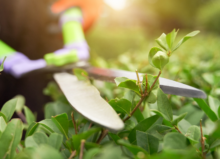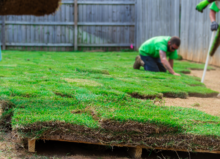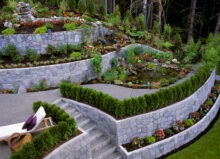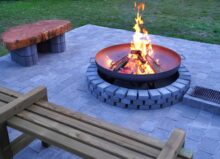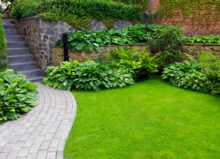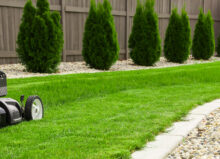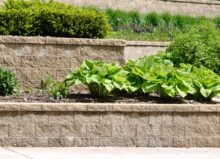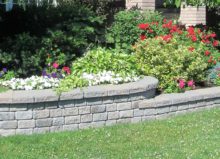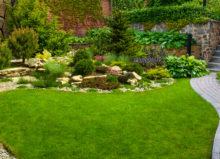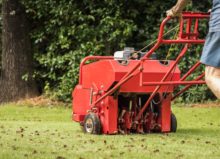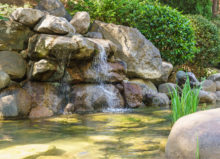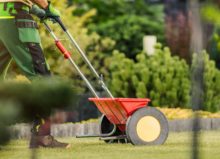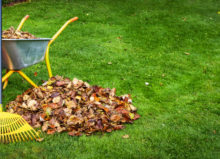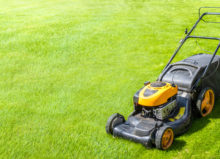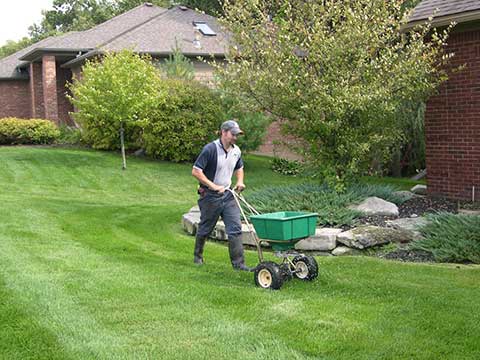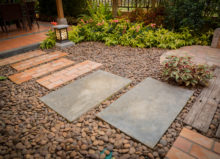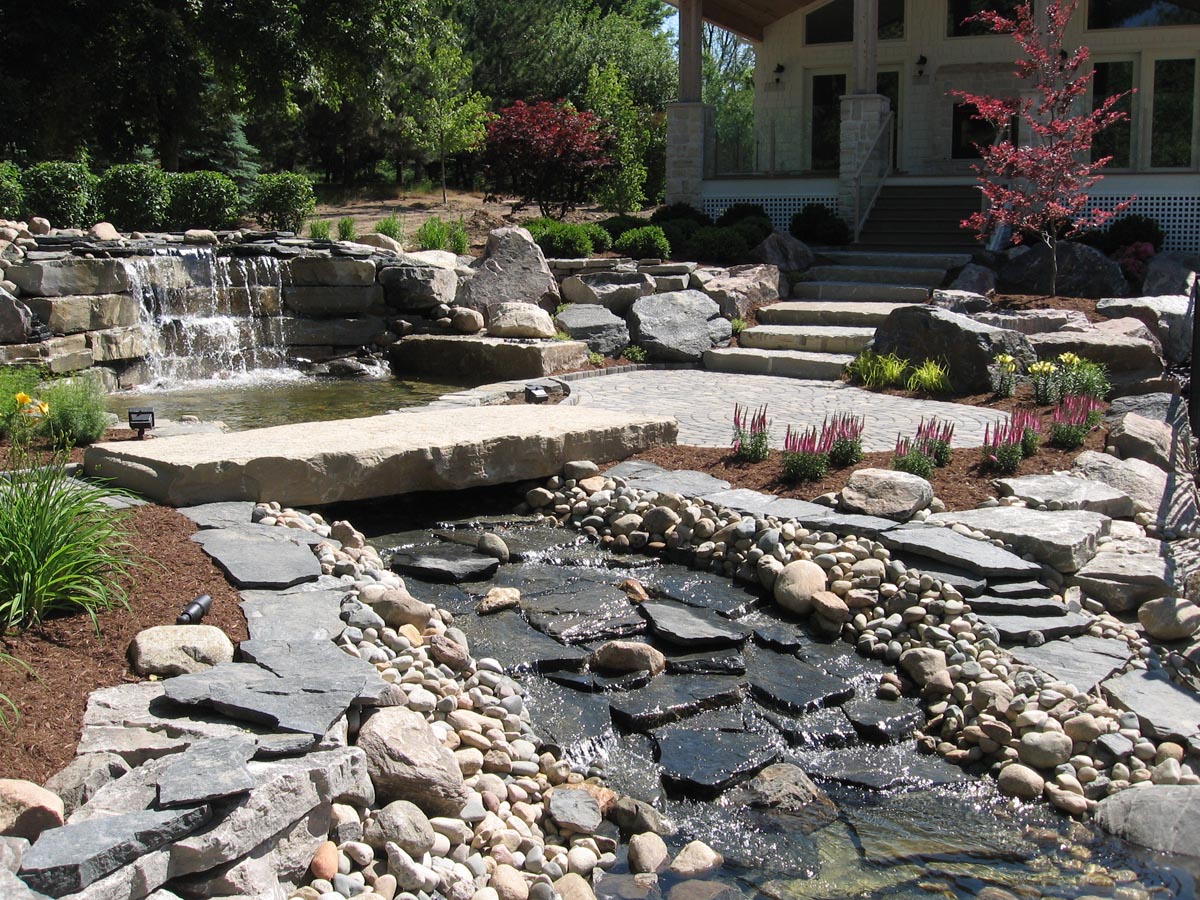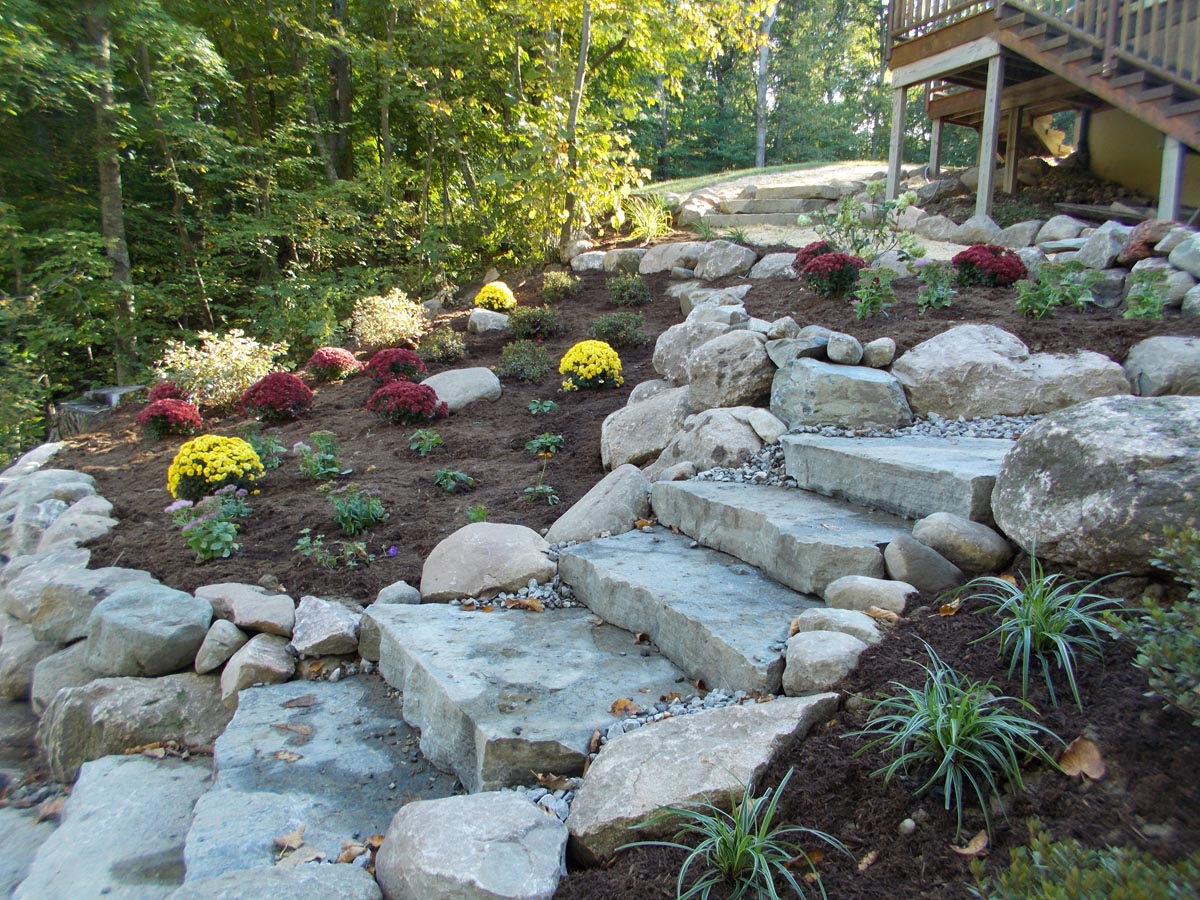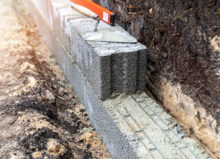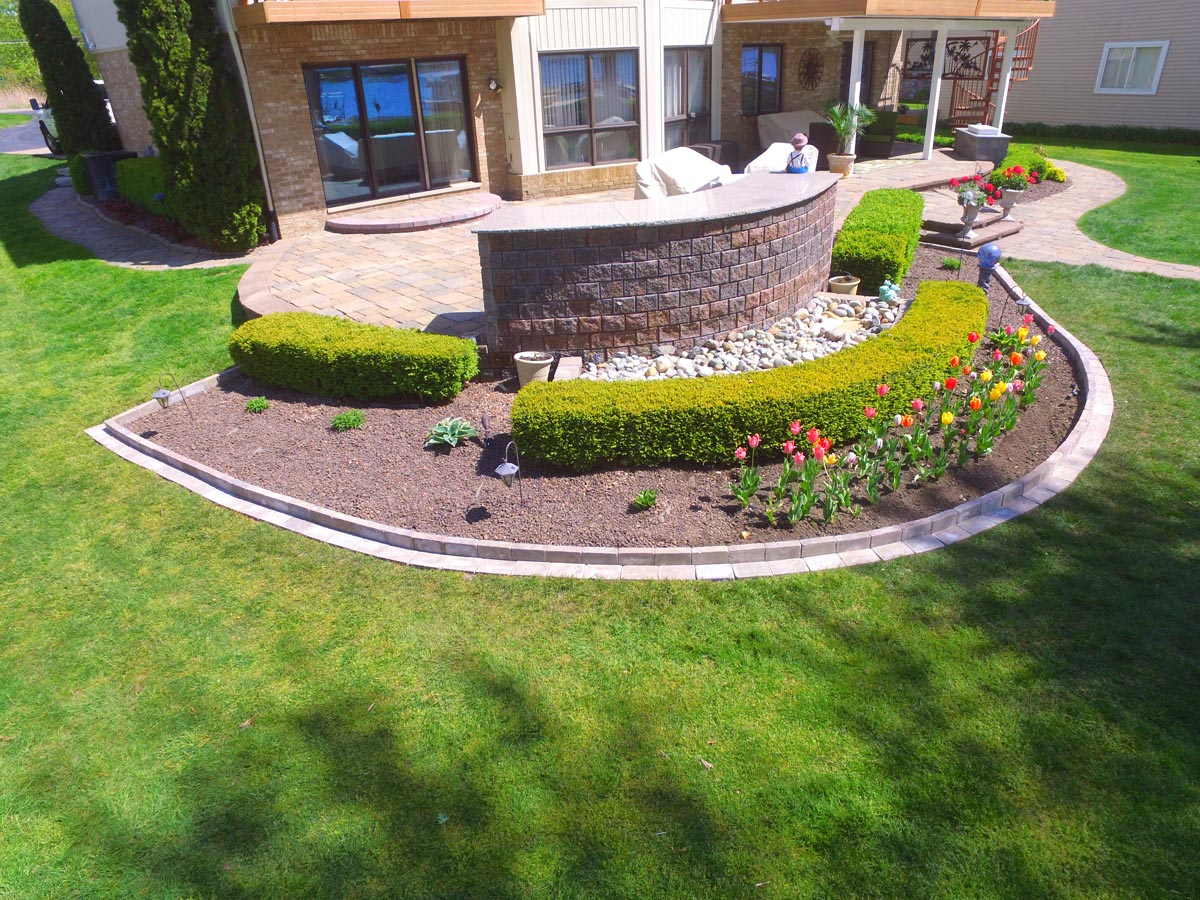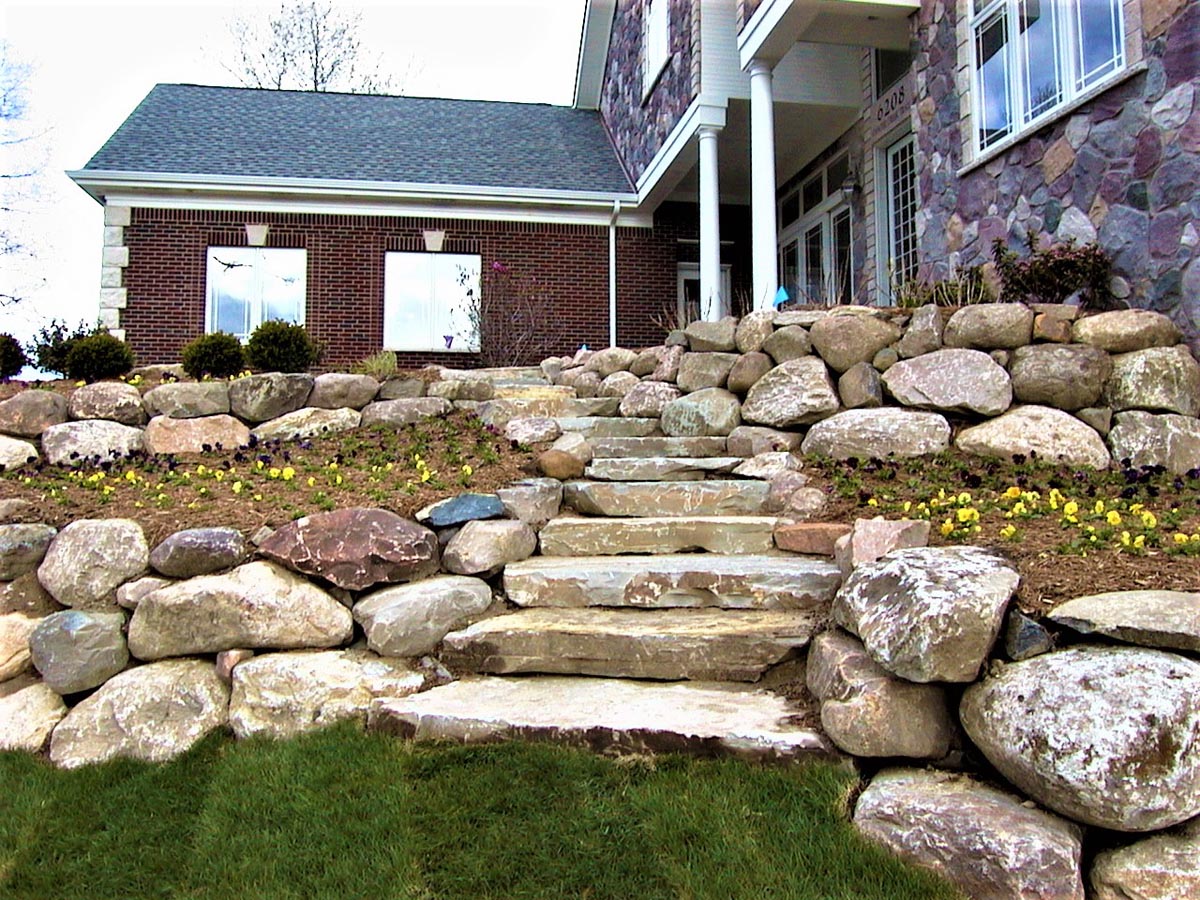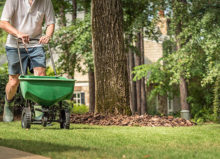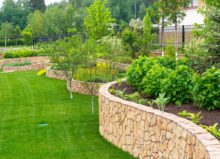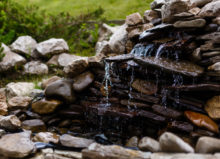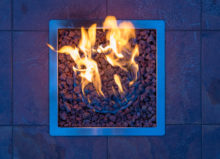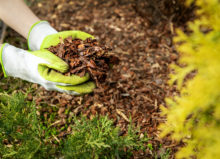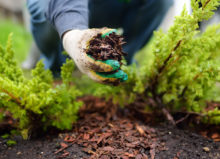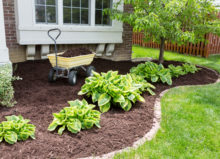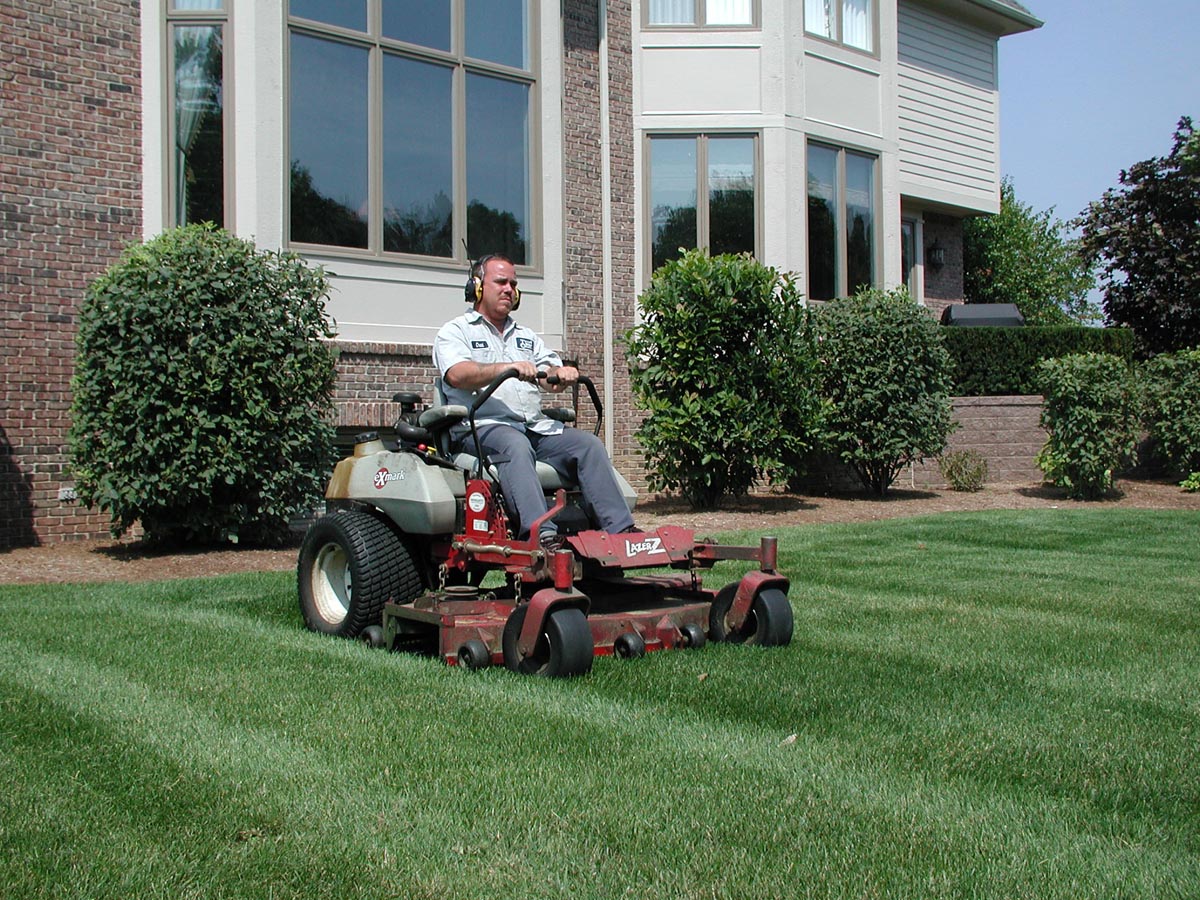Why Picking Up Fall Leaves Is Important
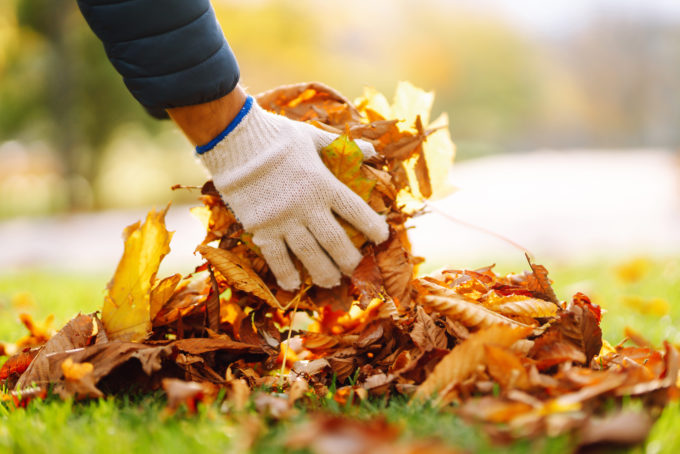
When autumn leaves start to litter the ground, it’s tempting to leave them there. They add colorful flair to your home, creating a striking scene, and usually aren’t harmful to your lawn. There are, however, some instances in which picking up fall leaves is necessary to ensure your yard remains in optimal condition.
Benefits of Raking Leaves
Raking leaves is a chore that many prefer to avoid, but doing so can improve the overall wellness of your lawn and body. Spending more time outside and mobile provides excellent exercise, improves mental health, and keeps your home looking tidy and organized. As well, picking up leaves may be vital to the preservation of your lawn’s health.
It Expedites Grass Growth
Like all plants, grass needs sunlight to grow properly. Many don’t consider this an issue because fall is not the standard growing season; however, several types of grass flourish in cool weather and experience the best growth during the fall months. Raking leaves off the top layer of your lawn gives grass access to light and nutrients it needs to thrive.
It Eliminates Harmful Diseases
Sometimes, raking serves an even more vital purpose: protecting your lawn from damaging diseases and dead materials. Think of raking as exfoliation for your yard. Dragging the rake across your lawn removes the top layer of dead grass and tissue, exposing the fresher, newer grass to the elements it needs to survive. Some leaves even carry diseases that can harm or kill local greenery. Removing most leaves reduces the likelihood that one of these disease-carrying leaves will infect your yard.
When To Rake Leaves
Leaves don’t fall from their trees in masses until fall, so naturally, autumn is the best time to do your raking. Some prefer to delay raking until all the leaves have fallen for the year, while others rake periodically to maintain a clean lawn year-round. Whichever path you choose, remember that raking dry leaves is easier and more effective than raking wet or frozen ones. Complete your raking before it gets cold enough for snow and ice to affect the ground.
Raking during the spring is equally essential, though for different reasons. Inevitably, some sections of grass and greenery won’t make it through the winter. Removing these patches from your lawn not only improves its appearance but also prevents dead material from building up and creating more problems, such as thatch or moldy grass.
What To Do With the Leaves
It’s easy to rake your leaves into a pile and let local trash pick-up deal with the mess, but repurposing your leaves is more environmentally friendly. It also means less work for you in the future and improves the overall quality of your greenery.
Compost Them
The process of composting intimidates many, but all you have to do is rake your leaves into a composting pile, break them into smaller pieces, and let nature do the rest. Water breaks down the materials and creates mulch, an efficient fertilizer.
Create Leaf Litter
If wet mulch isn’t your thing, rake and cut the leaves when they are dry to create leaf litter. Speaking of mulch, check out our mulch buyers guide! Mowing the lawn when the ground is dry naturally chops up leaves, and it’s easy to scrape cut leaves into a bag or receptacle for future use. In addition to feeding plants, dry mulch makes a great additive to vegetable garden soil.
Summary
It isn’t necessary to rake your lawn every time a leaf hits the ground. However, once your yard is covered, raking up fall leaves helps grass grow, keeps lawns healthy, and provides you with handy mulch for all your gardening needs. For more tips on keeping your yard in tip-top shape, contact a Design One professional who can walk you through the process of proper lawn maintenance.





